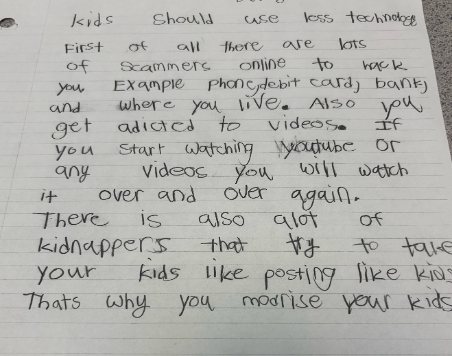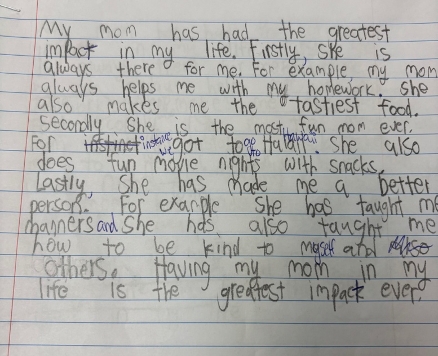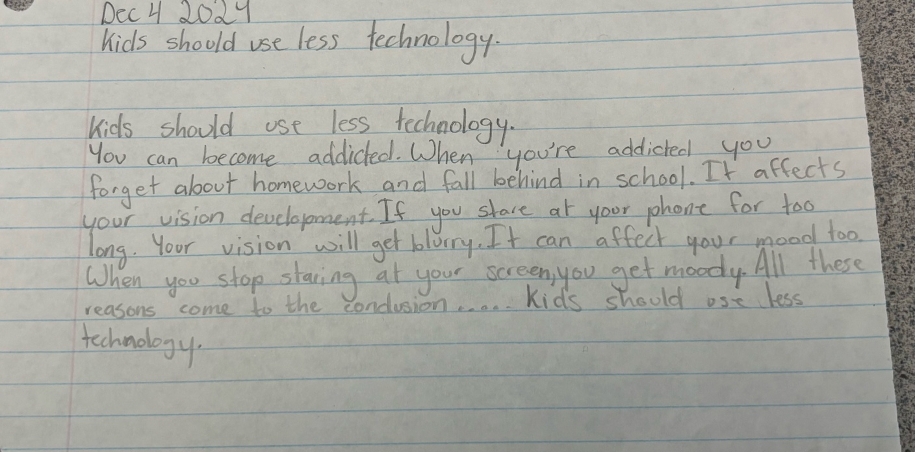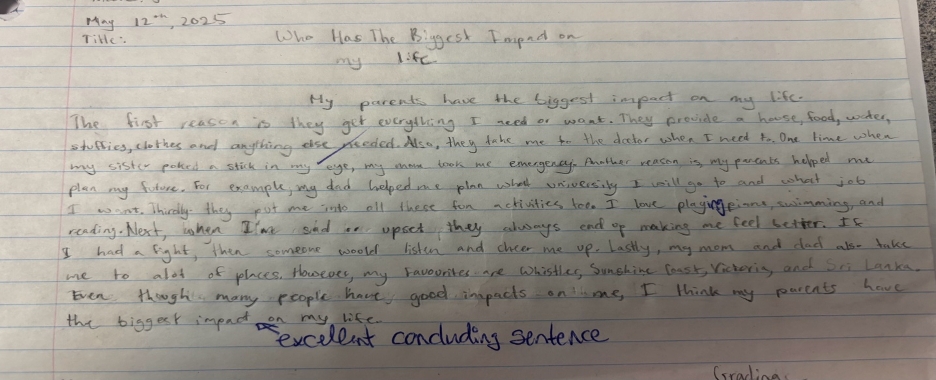Katzie Elementary 24-25
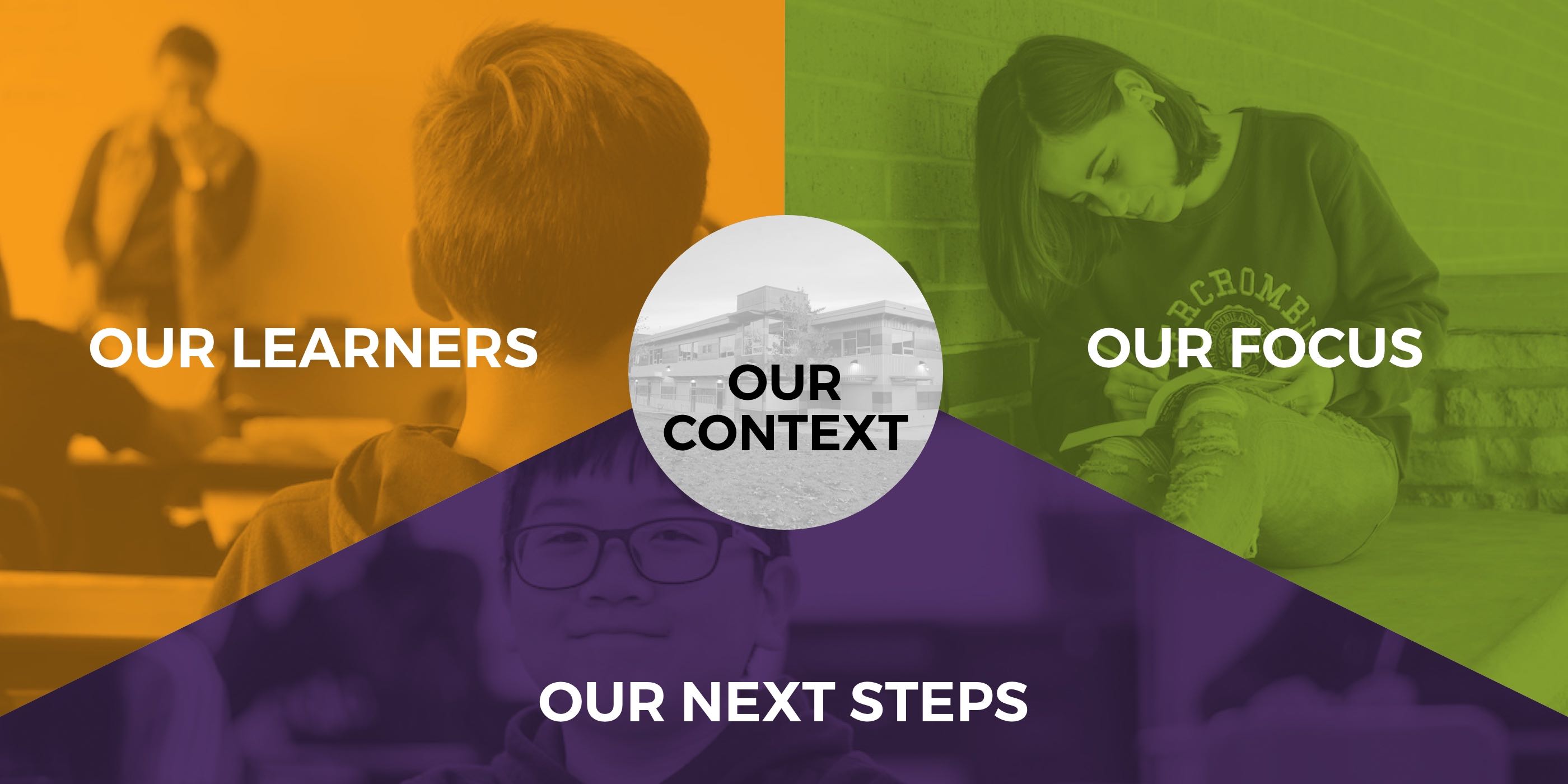

OUR CONTEXT
Our school is located on the traditional territory where the Katzie People gathered and hunted for food, shared stories in their Hən̓q̓əmin̓əm̓ language, learned from their Elders, and celebrated as a community. This land was also shared with the Kwantlen, Semiahmoo, and other Coast Salish Peoples.
As a school community, we recognize the privilege of learning, working, and playing on this unceded land. We are deeply honoured to carry the name Katzie for our school and value the meaningful relationship we share with the Katzie First Nation. Our staff and students are committed to learning from the Katzie People by exploring their history, cultural traditions, the hən̓q̓əmin̓əm̓ language, and by building strong connections with the land and all its life.
Katzie Elementary is a diverse, inclusive, and connected community. Rooted in approaching our education through first peoples principles, we learn in relationship with one another, drawing on each other’s strengths and lived experiences. Through collaboration grounded in respect, we nurture a sense of belonging and shared responsibility, growing together in ways that honour our personal, social, and cultural identities.
At Katzie, students are encouraged to grow both within and beyond the classroom for a holistic learning experience. Through purposeful instruction, they engage in a wide range of opportunities including athletics, choral and dance programs, Fine Arts, student leadership, land-based learning, and school-wide events. These build skills and knowledge connected to the curriculum and their individual passions. Students also develop digital literacy through projects such as the Minecraft Challenge, where they have earned top placements in recent years. Experiential learning is further enriched through hands-on activities like woodworking and contributions to a school garden featuring Indigenous plants. These experiences are supported by strong community partnerships with Fraser Health, local high schools, and the Clayton Seed Library, helping extend learning into real-world contexts and fostering meaningful connections beyond the classroom. Our House Teams unite students across grade levels, fostering a strong sense of belonging and emphasizing shared values such as kindness, inclusion, and authenticity.
Families are essential partners in our shared learning journey. At Katzie, we warmly invite parents and caregivers to engage in many meaningful ways; through volunteer opportunities, celebrations of learning, contributions of their unique gifts and cultural knowledge, and active participation in our PAC. Rooted in relationships and guided by the belief that everyone has something valuable to offer, Katzie is a vibrant, inclusive, and supportive community where all voices are honoured.
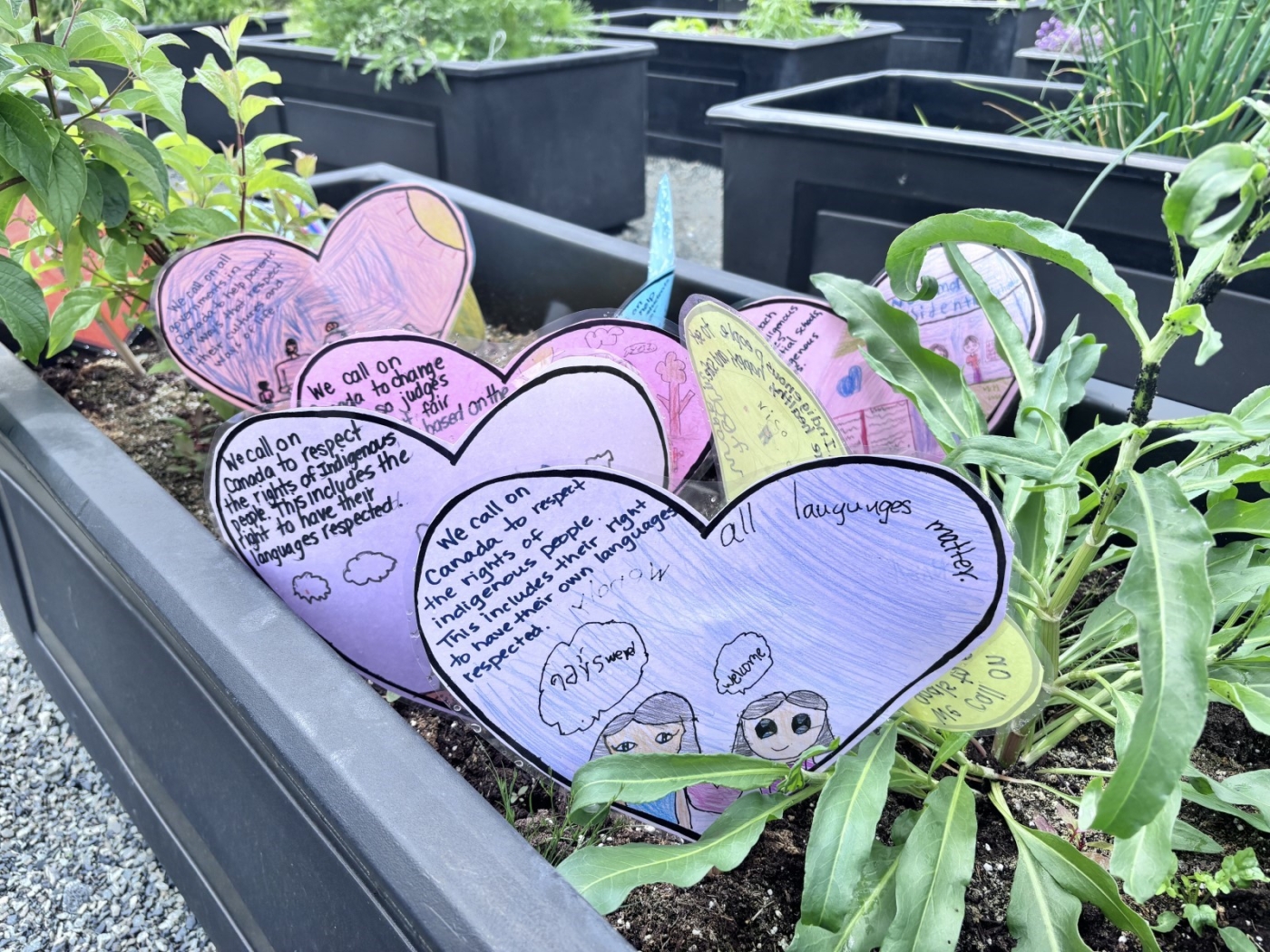
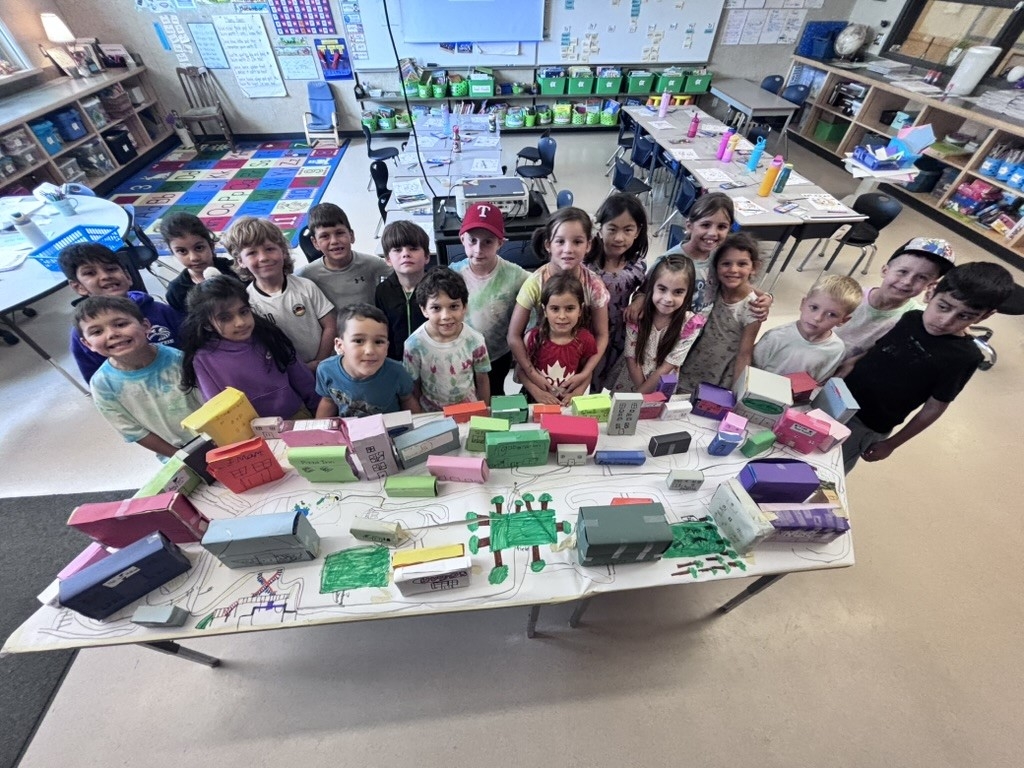
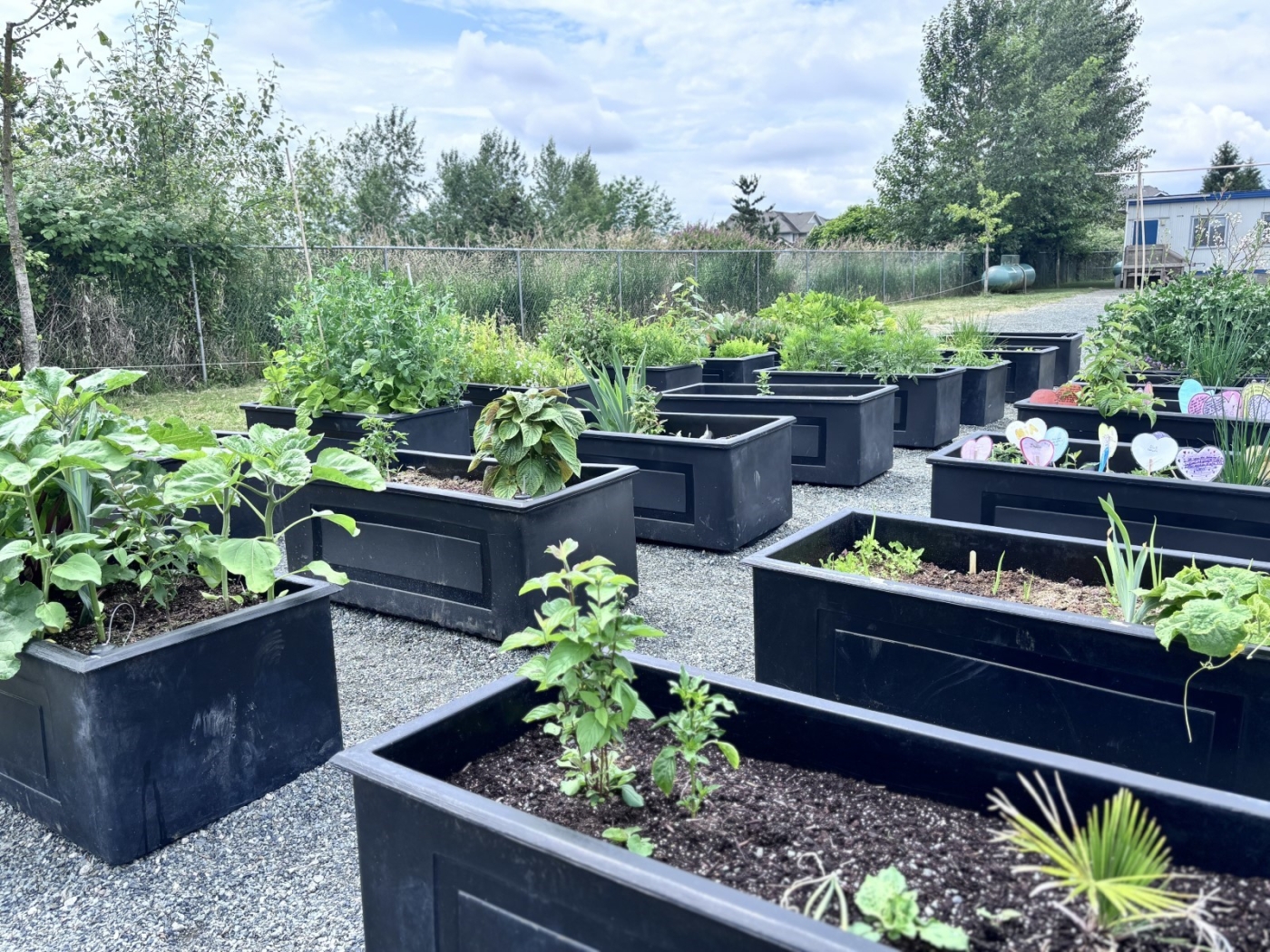
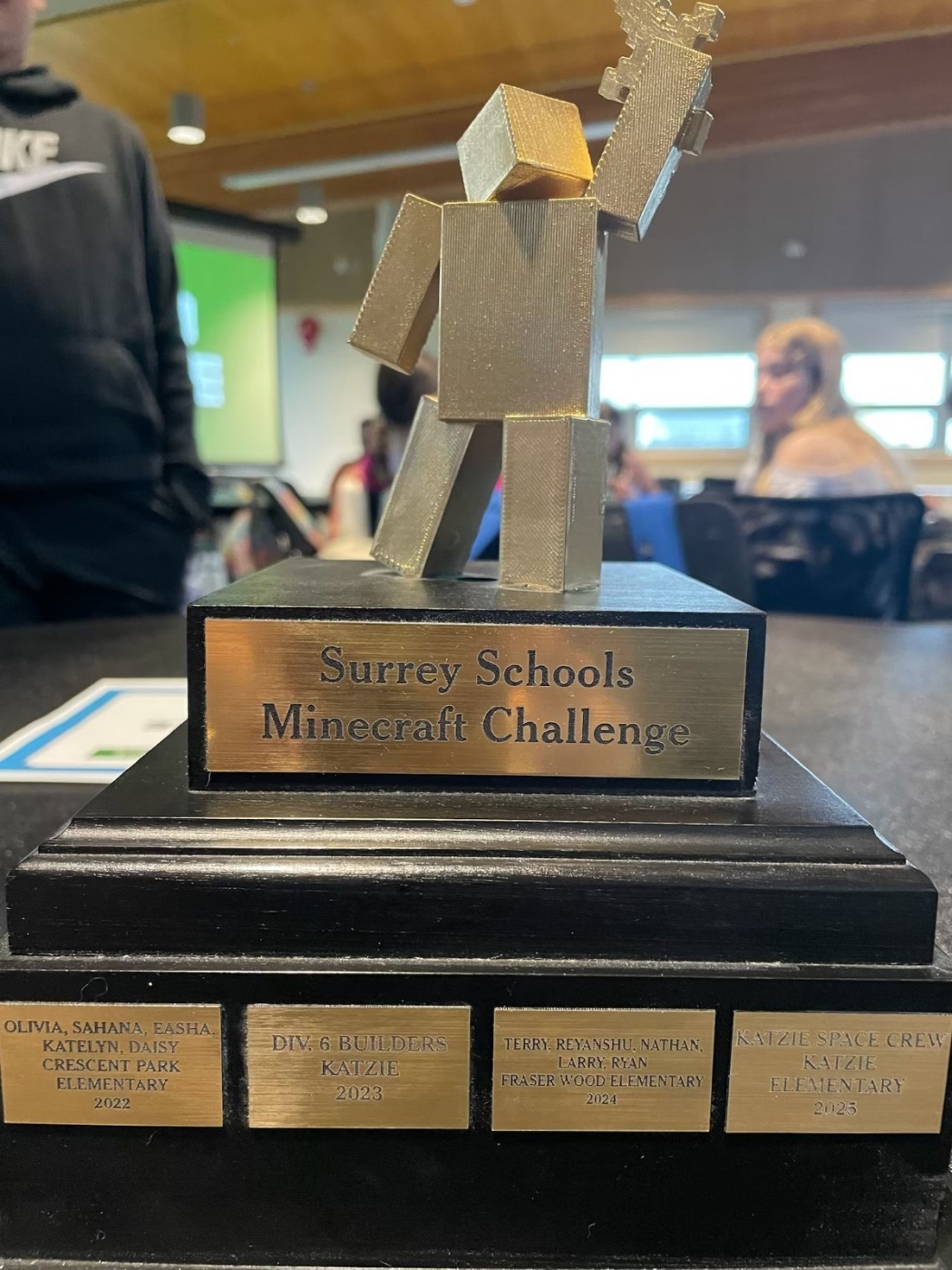
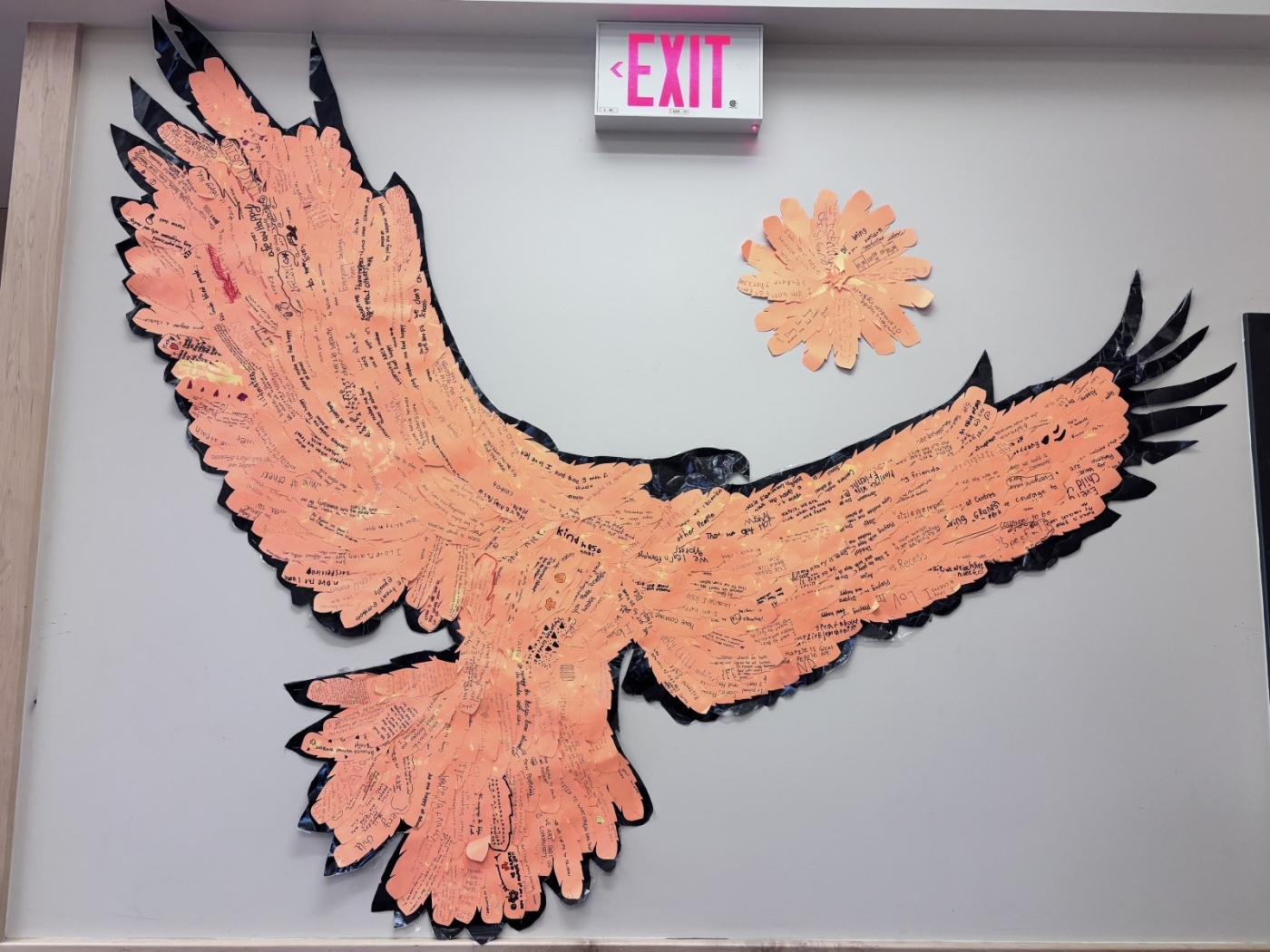
OUR LEARNERS
Our learners are:
Of all abilities
Creative
Have and can demonstrate empathy
Care for each other and community
Access their learning in different modalities and demonstrate their understanding in different ways
Thrive with hands on activities (ADST, Gardens, Performing Arts)
Are developing emotional literacy
Writing is a powerful form of communication and an essential component of literacy. Literacy helps students make meaning of text, think critically and communicate in a variety of ways. Writing helps us to share our thoughts, feelings, understandings and ideas. It can also help us complete tasks that are important to daily life.
We also know that written expression benefits the author and the reader through sharing stories and knowledge. Because “everyone has a unique story to share” and “stories help us learn about ourselves, our families and our communities” (British Columbia English Language Arts Curriculum), our aim is to:
Provide students with opportunities to develop their story
Engage students with instruction and practice of the skills needed to clearly communicate themselves
Further develop student writing skills through connecting to aspects of self
Offer authentic opportunities and audiences for sharing our thoughts, ideas and expression through writing
These goals are rooted in the Curricular Competency in the English Language Arts Curriculum: “Plan and create a variety of communication forms for different purposes and audiences”.
OUR FOCUS
The data collected from our cohorts of students in grade two and five, highlight the effectiveness of emphasizing writing strategies that include sharing ideas through oral language, varied brainstorming techniques, clear teacher demonstration and repeated opportunities for students to practice learned skills.
At Katzie, we understand that writing is more than just a skill, it is a way of knowing, connecting, and making meaning. Rooted in the First Peoples Principles of Learning, we recognize that writing invites students to reflect on their experiences, express their truths, and build relationships with themselves and others. Through storytelling, students will share their thoughts, feelings, creativity, knowledge, and ideas, deepening their understanding of themselves and their place in the world. In sharing our stories, students will gain connection, empathy, and community, and come to better understand both ourselves and one another.
Our focus is to help students expand their ability to communicate building their writing skills based on their individual abilities from kindergarten to grade 7. To support this work, students will take part in learning activities based on the English Language Arts curriculum.
Kindergarten to Grade 3: Students will Build Foundations
In the early years, students will begin to:
Explore and express ideas through drawing, oral storytelling, and simple written sentences.
Reflect on their work with support, learning to talk about what they wrote and why.
Connect writing to personal experiences, family, and community stories.
Grades 4 to 7: Students will Expand Skills and Writing Purpose
As students grow, they will:
Plan, draft, and revise longer and more structured pieces of writing.
Reflect more independently on their writing process and set personal goals.
Make deeper connections between their writing, identity, culture, and the wider world.
The data collected from student writing across Kindergarten to Grade 7 will be used to inform and guide future instruction with a student-centred focus. By understanding how students express ideas, reflect on their work, and connect writing to their personal experiences, teachers can tailor learning opportunities that meet students where they are.
In the early years (K–3), this means supporting foundational skills like storytelling, drawing, and sentence building with a personal emphasis. In Grades 4–7, the focus shifts to helping students plan, revise, and share more complex writing, while encouraging deeper reflection (of self/ personal connection) and student voice. This approach ensures that teaching is responsive, meaningful, and aligned with each student’s stage of development.
In Grade 2 Cohort, writing is developed through intentional, experience-based instruction. Students began by expressing ideas through drawing and oral storytelling, then transition to writing clear, complete sentences. Key strategies include:
Sentence stems (e.g., “I remember when..”) to support idea generation
Personal word banks to build vocabulary connected to students’ lives
Story maps and timelines to help organize and sequence ideas
Phonics-based dictation and sentence-building to reinforce spelling and structure
Genre exploration (narrative, persuasive, non-fiction) to build versatility
Creative formats like comics to encourage engagement and expression
Guided reflection to help students talk about their writing and its meaning
These strategies help students connect writing to personal experiences, build confidence, and see writing as a meaningful tool for communication.
In Grade 5 Cohort, writing was developed through a structured and intentional approach tailored to needs and strengths of students. Instruction was delivered in stages to build foundational skills, develop paragraph structure, and guide students through more complex writing tasks. The goal was to foster confident, expressive writers by supporting both academic growth and personal voice. Key strategies included:
Daily grammar and sentence correction routines to reinforce structure, punctuation, and clarity (especially effective for students who benefited from visual and repetitive practice)
Sentence construction activities using shared classroom experiences to support complete sentence writing
Consistent modeling and think-alouds to build attention to detail and internalize the writing process
Introduction of the 4-square writing method to support paragraph organization, especially for visual learners
Prompts encouraging personal stories, reflections, and lived experiences such as family, culture or field trips
Structured drafting and revision of 8–10 sentence paragraphs with peer and teacher feedback
Writing stations focused on revising, editing, journaling, and planning to promote independence
Small-group instruction for targeted feedback and confidence-building
These strategies helped students strengthen their writing skills, deepen creativity, and express their voices with clarity.
OUR NEXT STEPS
At Katzie, our focused cohorts included one primary group (Grade 2) and one intermediate group (Grade 5). As part of our 2023–24 Student Learning Plan initiative, teachers implemented a targeted rubric designed to support the development of key skill sets. These included enhancing student identity, deepening personal experiences, and strengthening writing techniques.
Throughout the 2024- 25 school year, from September to June, teachers in our cohort classes monitored student growth in writing. Instruction emphasized skill development while intentionally connecting curricular content to students’ personal experiences, interests, and identities. This approach enabled students to make meaningful progress in their writing, each at their own developmental level. With this intentional focus, both cohorts saw growth in their proficiency scales overall (see below).
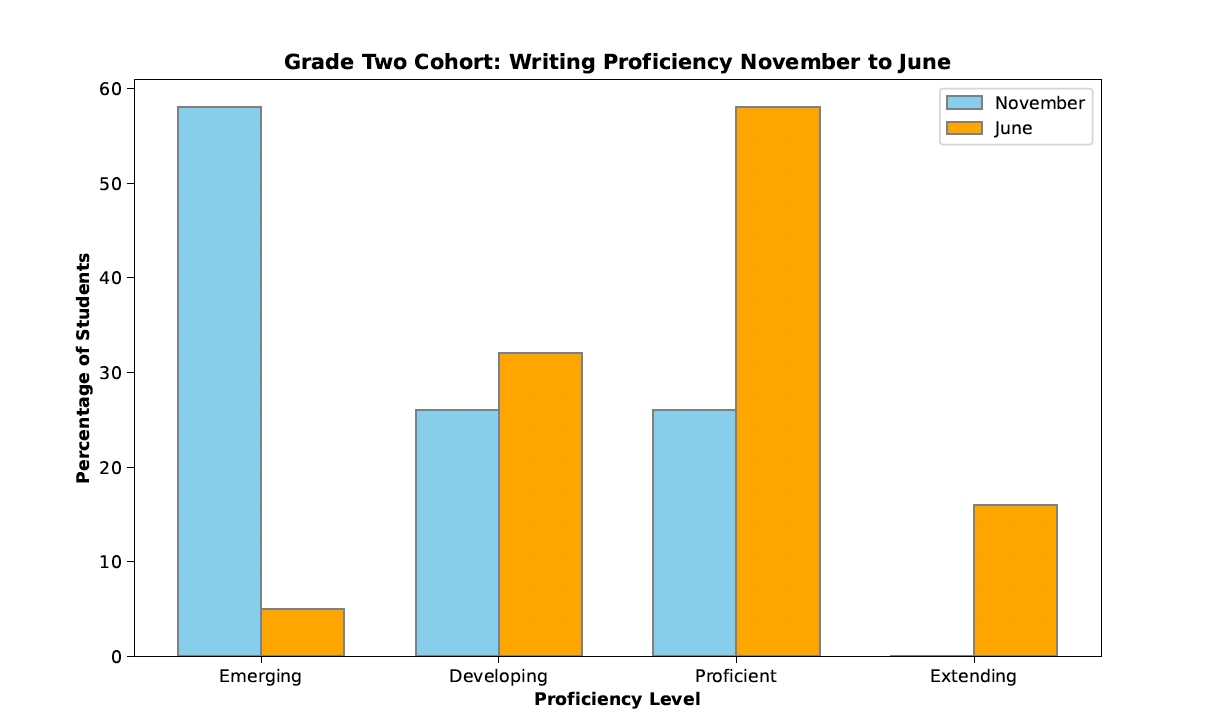
From November to June, the Grade Two cohort demonstrated significant growth in writing proficiency. In November, 58% of students were at the Emerging level, 26% at Developing, 26% at Proficient, and 0% at Extending. By June, only 5% remained at Emerging, while 32% were at Developing, 58% at Proficient, and 16% had reached Extending. This shift reflects the success of our goal to strengthen writing through personalized instruction rooted in student identity, interests, and storytelling.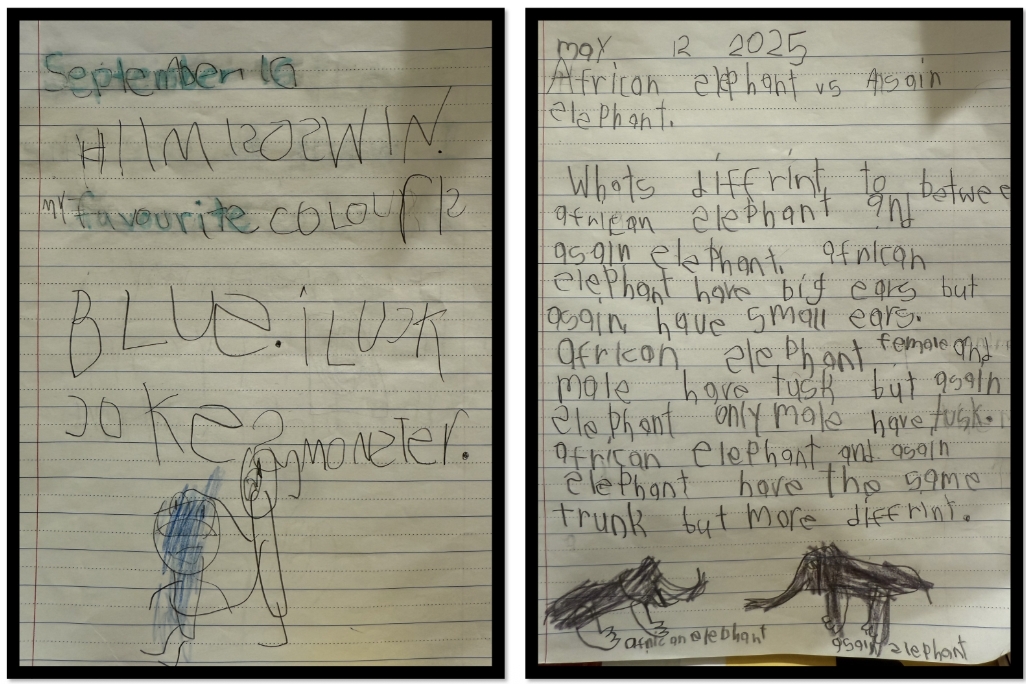
Student One Example:
At the beginning of Grade 2, Student One required significant one-on-one support to write a basic sentence. Over the course of the year, we focused on personal interests with this student. They have made great progress and now write independently in a journal. A focus on personal interest in writing is evident through increased engagement during journal time and a willingness to explore new vocabulary and ideas. Fine motor skills improved noticeably, with neater printing and better ability to stay on the lines. Spelling of most words is now accurate, and for unfamiliar words, phonetic spelling strategies are used effectively.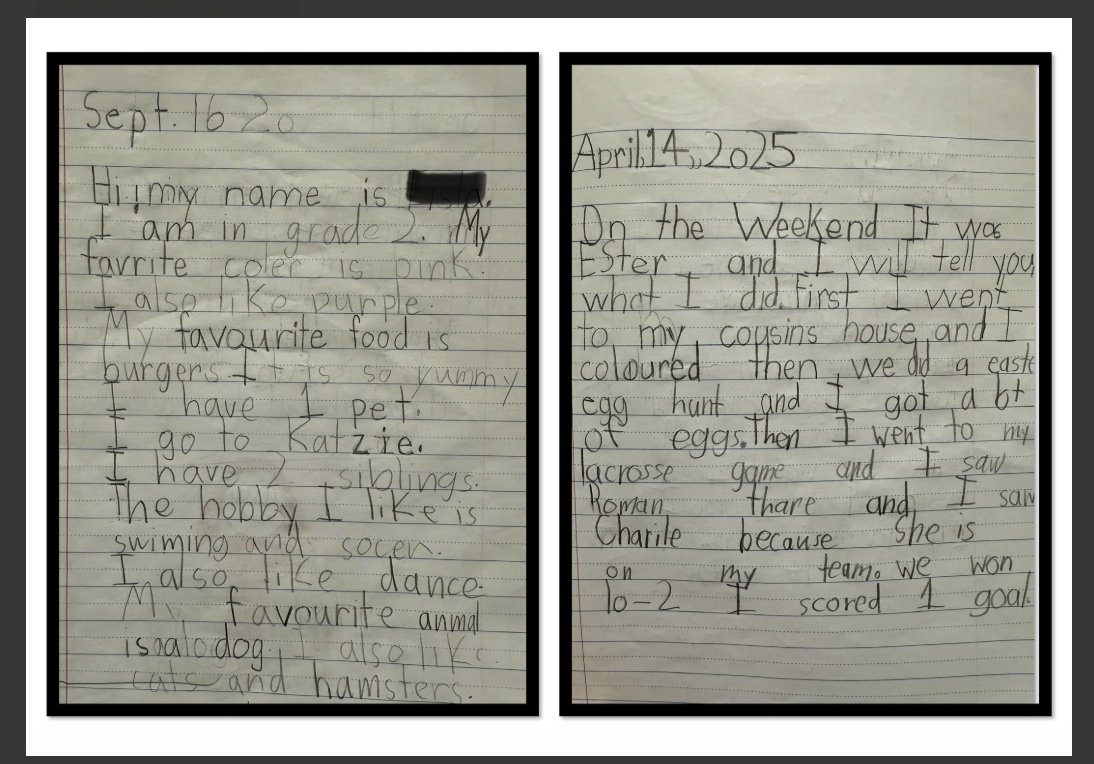
Student Two Example:
Student two began the year writing at a proficient level. Confidence in writing was evident, though early sentences were simple and lacked variety. Over time, growth emerged through experimentation with voice and personal expression in storytelling. Writing now includes more complex sentence structures and reflects a deeper understanding of spelling patterns. Continued reminders support consistent application of correct punctuation. A developing focus on crafting personal narratives has become a key strength, with stories showing greater individuality and emotional depth.
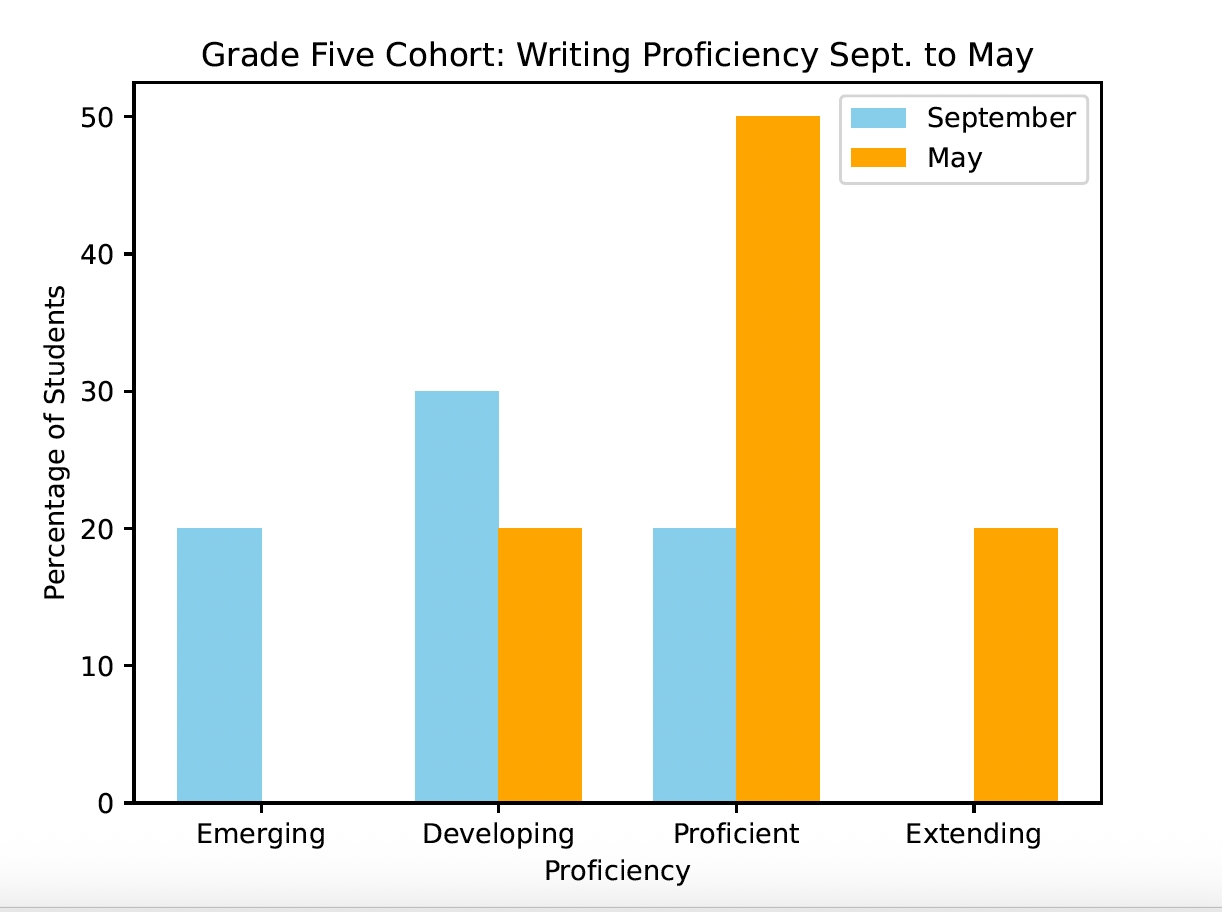
The Grade Five cohort demonstrated strong growth in writing proficiency over the school year. In September, 0% of students were an Extending level, 20% were Emerging, 30% were Developing, and 20% were Proficient. By May, 20% had reached Extending, 50% were Proficient, and only 20% remained at Developing. Notably, the 30% of students who began the year at Developing progressed to Proficient, and those already at Proficient improved in quality to just below Extending. The remaining 20%, while still at Developing, showed growth in their writing skillsets. This overall shift reflects the impact of our goal to enhance writing through personalized, identity-driven instruction that connected meaningfully to students’ lives and interests.
Student One Example:
|
|
Student one began grade five developing in proficiency; they have experienced ongoing challenges with writing since the beginning of the year, particularly in forming complete sentences and organizing ideas into logical paragraphs. Initial engagement in writing tasks was limited, often requiring individualized support. Over time, instruction emphasized the writing process, with a focus on paragraph structure, including topic sentences and supporting details. Incorporating personal interests and real-life experiences into writing tasks helped increase motivation and relevance. Participation in writing stations contributed to the development of more complex sentence structures and improved paragraph coherence. Although continued support is needed for editing, significant progress in writing skills has been observed. The student is now proficient with support in their writing.
Student Two Example:
|
|
Student two is a highly motivated and academically strong learner who demonstrated writing proficiency from the start of the year. The student’s personal goal has been to enhance writing by incorporating complex vocabulary, varied sentence structures, and detailed, meaningful examples. Writing tasks that encouraged exploration of personal interests and real-life experiences helped deepen engagement and creativity. Guided writing stations provided opportunities to refine skills and experiment with voice and style. Recent writing samples reflect significant growth, showcasing well-developed ideas, elevated language. The pieces of writing highlight an emerging ability to write with depth, clarity, and a strong personal voice. This student is now extending in proficiency.
Part B:
Although we see evidence to shift our focus in building numeracy skills, there evidence also suggests deeper growth needed in our writing skills. To continue strengthening student writing at Katzie, we will build on the success of personalized, identity-driven instruction by deepening opportunities for students to connect their writing to both self and community. While students made meaningful progress through storytelling rooted in personal identity and interests, the broader connection from self to collective experience remains an area for growth.
Moving forward, we aim to:
Deepen personal voice and purpose in writing by encouraging students to explore writing that reflects their evolving identities, values, and perspectives.
Expand the use of multiple modalities—including oral storytelling, visual representation, digital media, and performance—to support diverse learners in expressing their voice and meaning-making.
Create extension opportunities for proficient and extending writers to engage in authentic writing tasks such as publishing, peer mentorship, and writing for real audiences.
Foster inclusive writing environments where students can explore identity in relation to community, culture, and shared experiences, helping them see writing as a tool for connection and expression.
